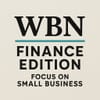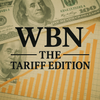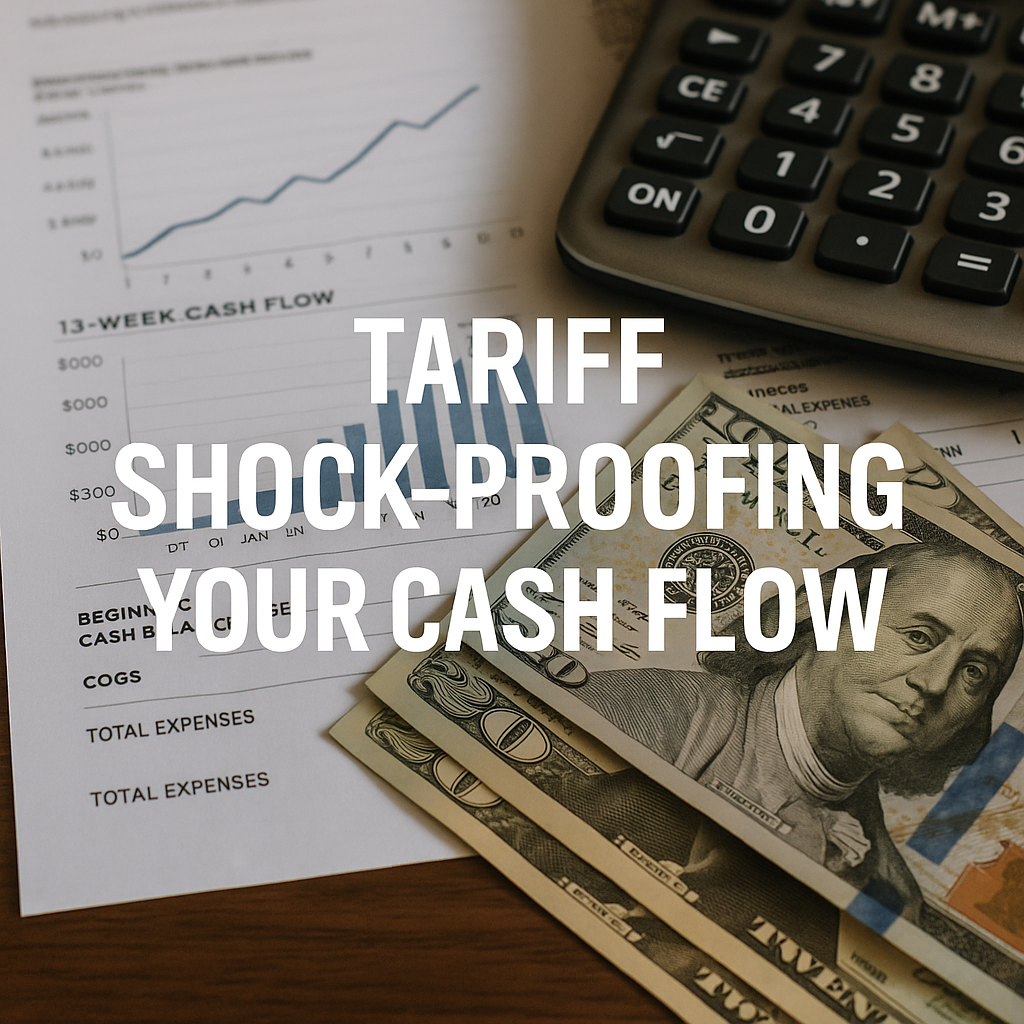Tariff Shock-Proofing Your Cash Flow
Tariffs can disrupt your business overnight—but your cash flow doesn’t have to suffer. Learn practical strategies to forecast, buffer, and adapt your finances in a volatile market. From building reserves to renegotiating terms, here’s how to stay liquid and in control.




